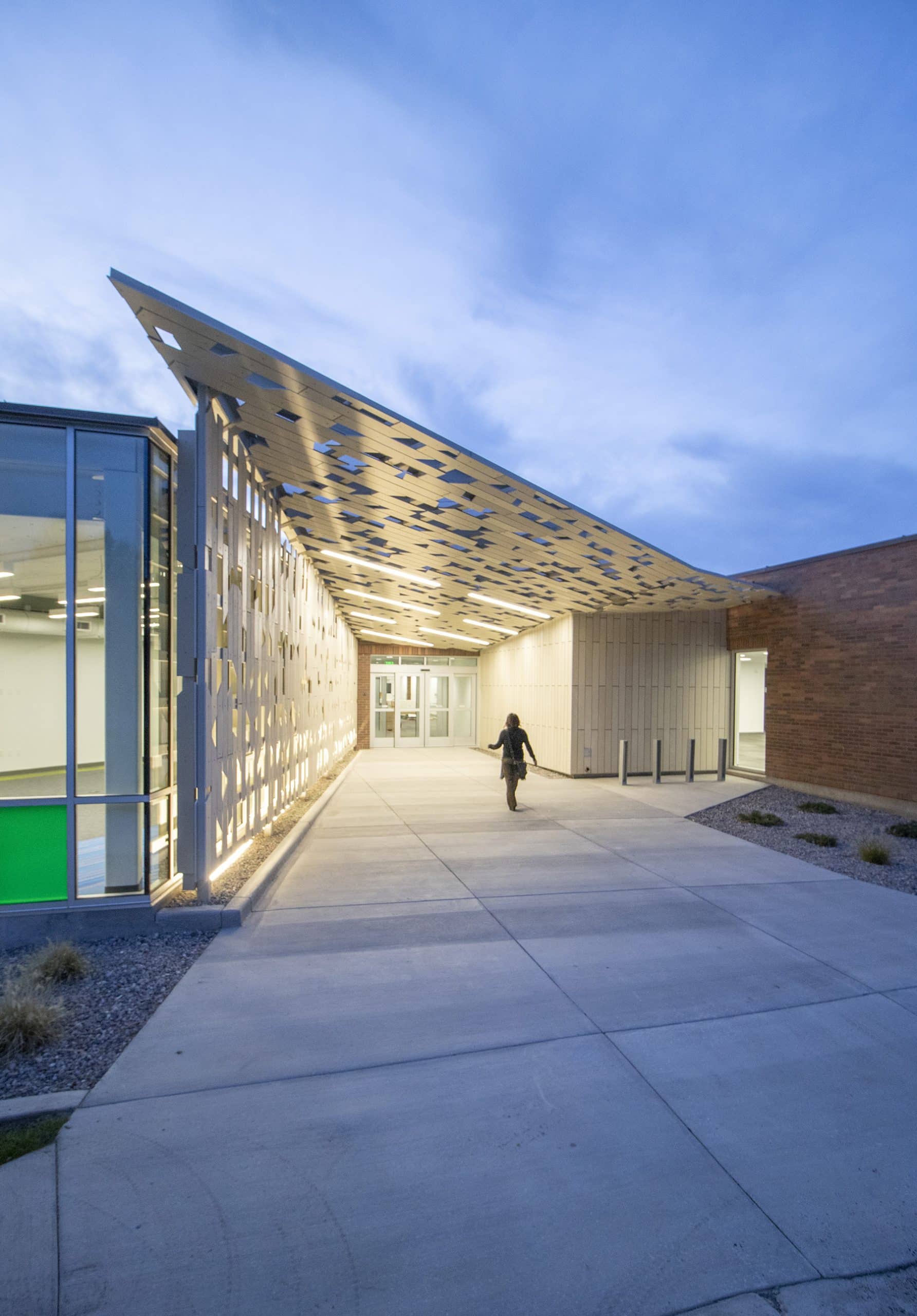Remapping Today’s Public Libraries

Remapping Today’s Public Libraries
RESEARCH TEAM
Jacob GineS
Rob Beishline
Becky Hawkins
Associate Principal, Method Studio
Principal, Method Studio
Partner, Method Studio
SUMMARY OF RESEARCH
It is clear, even to the passive observer, that the identity and principle function of the public library is evolving to meet the demands of a changing society. No longer are libraries seen as just repositories of texts and the sole bastions of knowledge.
The work of libraries has changed more in the last decade than it did in the prior hundred years. Realistically, that work will likely change more in the next decade than it did in the prior one. The value of the public library (is) not bound to the stuff—books and buildings—but to people—our communities, our staff, our supporters.
– Siobhan A. Reardon, Free Library of Philadelphia
This represents a paradigm shift in how we might adapt existing libraries and conceptualize libraries in the future. To further understand the dynamic role of public libraries in contemporary society, we have examined current and speculative trends in library design and programming – below is a summary of eight trends we’ve discovered.
01 Community Involvement
You can build on the technological connectedness in your community and build on the people connectedness by creating relationships, real partnerships, and mutual understanding. You can also build beautiful connecting spaces for people to learn, share and participate, and come and work together. And the most important part, build on the trust your communities still have in libraries.
02 Library as the Civic Square
The library is a center for civic engagement, cultural exploration, and community health. A virtual and physical space for learning, exploration, and thought-provoking discussion on various timely topics and trends. Engage non-library community partners/groups/ agencies to use and/or share space in the library (inside and out).
03 Library without Walls
Design around people, not the collection. Extend programs beyond the building – Outreach to homeless shelters, visiting with local businesses, bringing books and media to hospitals, Reading Time at women’s shelters, etc.
04 No more “shushing”
Libraries need people to be comfortable walking the floor, proactively approaching people, and reaching out to talk to people about their needs, as opposed to sitting behind a desk and waiting.
05 Focus on ALL library groups and celebrate diversity
Libraries have traditionally focused broadly on children, youth, and adults. The evolving library is more inclusive and engages diverse neighborhood groups and cultures, refugee populations, seniors and the aging population, individuals with disabilities, transient groups, advocacy groups, and others.
06 Facilitate Multiple Forms of Literacy
The expanded definition of literacy impacts the types of services, programs, and collections that libraries provide, as well as the nature of the work that library staff performs. As a result, the role of the public librarian is becoming more fundamentally educational than ever before. This movement positions public librarians as public educators and public libraries as public education institutions, focusing on public librarians as digital literacy educators.
07 Rethinking the Space of the Library
Learning environments continue to evolve to keep up with emerging technologies and trends in teaching and learning. A growing movement towards hands-on, experiential learning has led to the need for libraries to rethink how they use their spaces to support informal, connected learning. In response, libraries have moved toward designing spaces that are flexible and adaptable. Many have also created maker spaces to promote science and technology learning. In contrast, libraries with limited physical space have taken a creative problem-solving approach by hosting pop-up maker spaces, designing mobile maker carts, and providing maker backpacks on loan.
08 Emerging Technologies + Learning Labs
Libraries to become learning and digital hubs and one-stop destinations to test drive and learn about the latest technology, equalizing access and skills around the new and fast developing technologies. Engage ALL aspects of technology: music, writing, art, and public speaking.
The value of the public library is not bound to the stuff—books and buildings—but to people—our communities, our staff, our supporters.
– Siobhan A. Reardon, Free Library of Philadelphia







